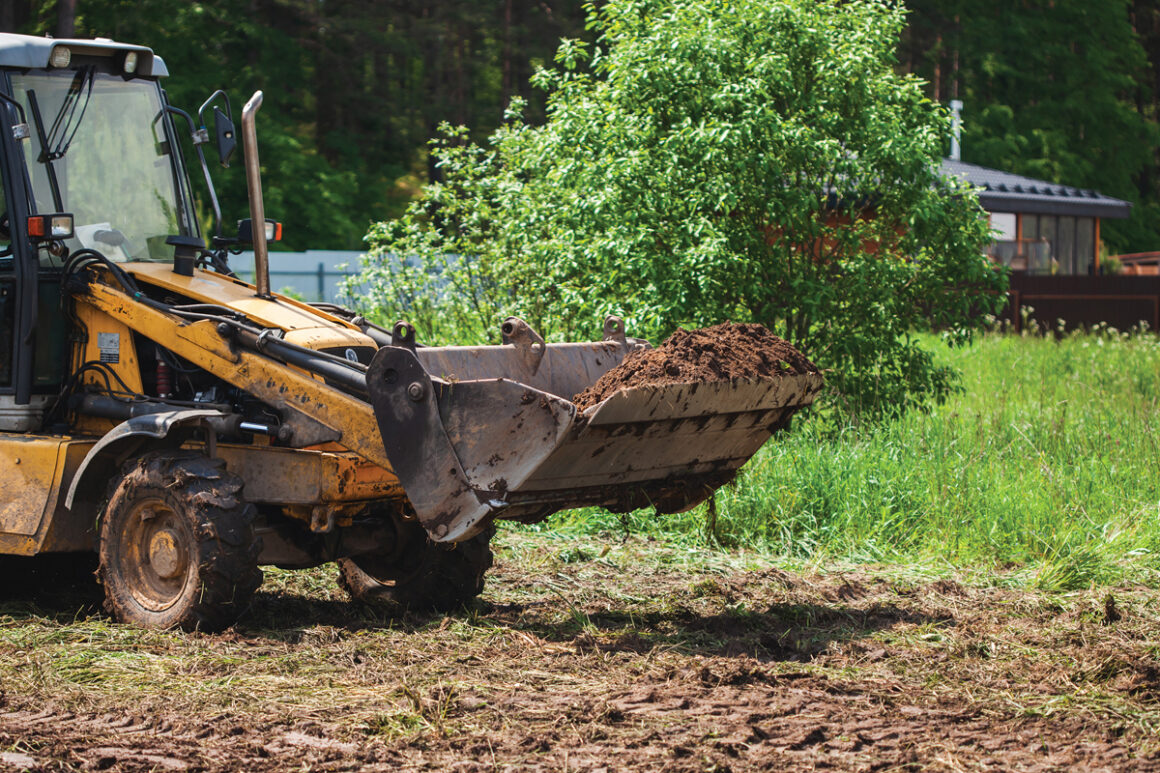Level Up Your Landscape
Creating a lawn from uneven ground can be a challenging yet rewarding endeavour. Whether you’re starting from scratch or working with an existing landscape, transforming uneven terrain into a lush, green lawn requires careful planning and execution. With the right approach and some dedicated effort, you can achieve a level, thriving lawn that enhances the beauty and functionality of your outdoor space. In this article, we will guide you through the step-by-step process of creating a lawn from uneven ground, offering valuable tips and techniques to ensure success.
1 Assess the Terrain: Begin by thoroughly evaluating the uneven ground. Identify any significant slopes, bumps, or depressions that may require special attention. Understanding the topography of your landscape will help you determine the best course of action for achieving a level lawn.
2 Clear the Area: Remove any existing vegetation, rocks, debris, or obstacles from the uneven ground. This will provide a clean slate for your lawn installation and prevent potential issues down the line. Use a rake, shovel, or a powered turf cutter for larger areas to effectively clear the space.
3 Levelling: Address the unevenness by levelling the ground. For minor unevenness, you can use a garden rake to distribute the soil evenly and remove high spots. For more pronounced unevenness, consider using a lawn roller, a soil compactor, or even hiring professional grading services to ensure a smooth and even surface.
4 Soil Preparation: Good soil preparation is crucial for a healthy lawn. Test the soil pH and nutrient levels, and make any necessary amendments based on the results. Add organic matter such as compost or well-rotted manure to improve soil structure and fertility. Incorporate these amendments by tilling or using a garden fork, ensuring they are well mixed with the existing soil.
5 Grading: Once the soil is prepared, re-grade the area to create a gentle slope for proper water drainage. Ideally, the lawn should slope away from any structures or buildings to prevent water pooling. Use a rake or a grading rake to achieve a smooth and uniform slope.
6 Seed or turf Selection: Choose the right type of grass seed or turf for your specific climate, soil type, and intended use of the lawn. Consult with a local garden centre or turf specialist to determine the most suitable grass variety. Ensure the selected grass is capable of thriving in your region’s sunlight and temperature conditions.
7 Seeding or turfing: If you opt for seeding, evenly distribute the grass seed across the prepared ground using a spreader or by hand. Lightly rake the seed into the top layer of soil, ensuring good seed-to-soil contact. Keep the seeded area moist throughout the germination period by watering regularly.
If you choose turf, carefully lay the rolls of turf over the prepared soil, ensuring tight seams and no overlapping. Water the sod immediately after installation and keep it consistently moist until it establishes roots.
8 Watering and Maintenance: Proper watering is vital for establishing a new lawn. Keep the seeded or turfed area consistently moist, but avoid overwatering, which can lead to shallow root growth or fungal diseases. As the lawn establishes, gradually reduce the frequency of watering while ensuring deep penetration to encourage root development.
9 Regular Care: Maintain your newly created lawn by mowing it at the appropriate height for your grass variety. Avoid cutting off more than one-third of the grass blade in a single mowing session. Fertilize the lawn according to the specific needs of your grass type and regularly remove any weeds or pests that may appear.
10 Patience and Persistence: Creating a lawn from uneven ground is a process that requires time and patience. Be diligent in caring for your lawn and address any issues promptly. With consistent effort and proper maintenance, you’ll witness the transformation of uneven terrain into a beautiful luscious green lawn.


